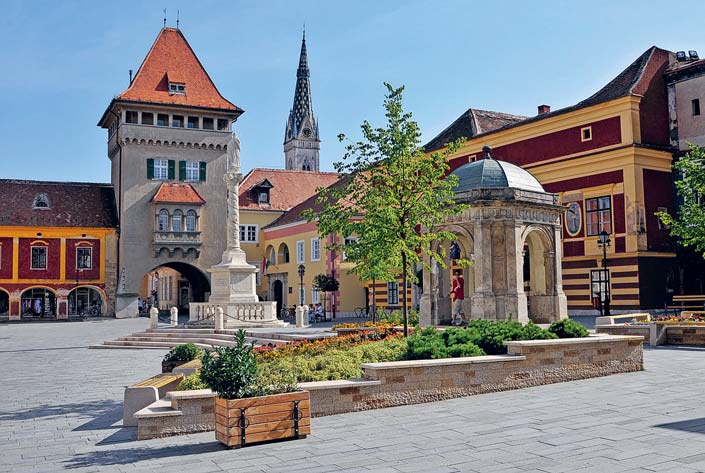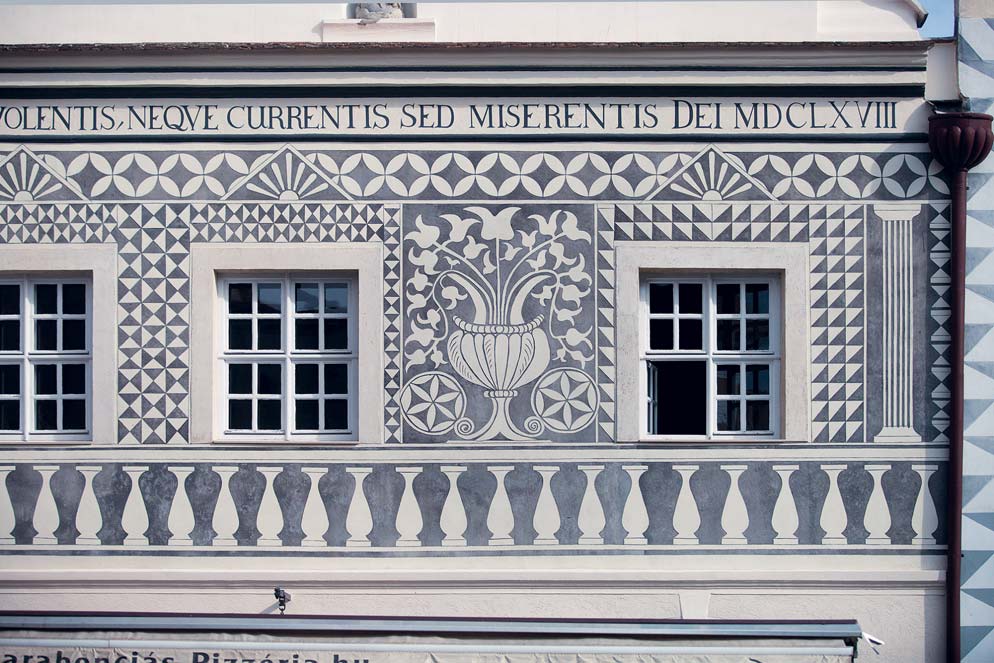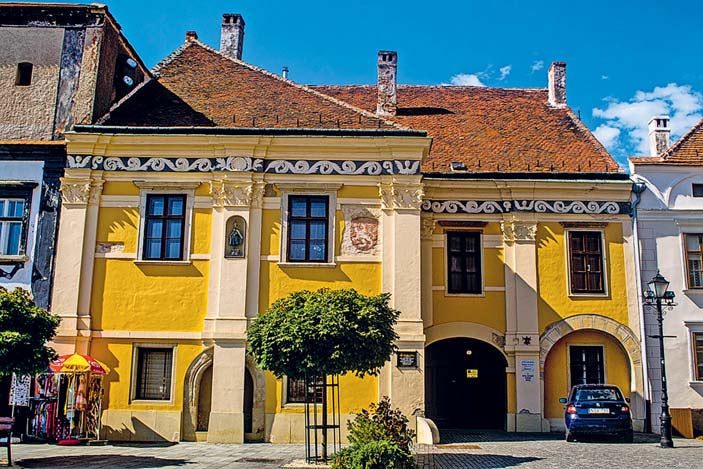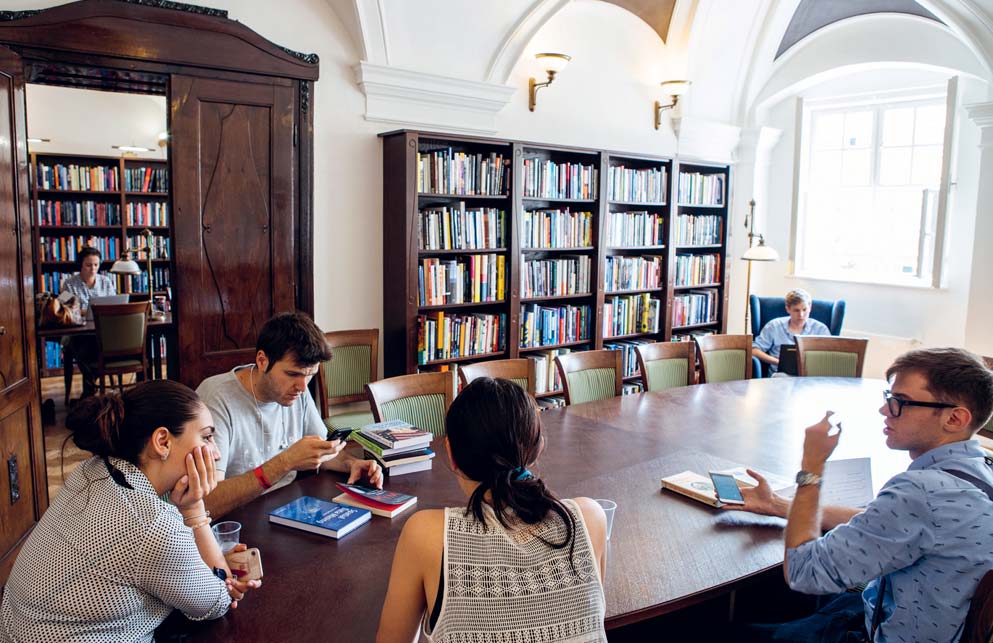Ferenc Miszlivetz and Jody Jensen in interview with Mátyás Kohán
MK: The Institute of Advanced Studies Kőszeg (iASK) is now five years old. Could you sketch a guide to how to found a research facility of that rank in a modest little city in the Hungarian countryside?
JJ: Our group of academics and intellectuals has founded several institutions during the past decades, since the Hungarian ‘transition’ or change of regime of 1990, and what we have found is that it’s easier to invent and start a new institution in a place where the structures are softer, that is, in the countryside. In Budapest, it is very difficult to break through because you are boxed in—literally—within concrete institutions like the former chain of Hungarian Academy institutions or the universities, and so we were not able to innovate at the speed or in the way we wanted to. Out here, we have more freedom of manoeuvre, so we have been able to do things we couldn’t do in larger centres.
MF: This part of the country, Western Hungary, has been more handicapped over the last hundred years, and even earlier from the angle of higher education and knowledge producing institutions. There were no borders before 1920 within the Austro-Hungarian Empire, and the people living here did not feel the need to build a new university because centres like Pozsony/Bratislava, Vienna, etc., were within reach. After 1920, however, when the country was truncated by the Versailles system of Treaties, it became clear that something was missing here, and this sense of a vacuum intensified after the peaceful revolution of 1989. When compared with big regional universities like Szeged, Pécs, Miskolc, and Debrecen, the idea that Szombathely, the ‘Queen of the West’ as its citizens like to refer to it, could become part of that group proved an illusion. After 30 years, there are still no strong and attractive academic institutions there to meet the highest standards and increased expectations.
In the early 1990s, we received an invitation from the prestigious linguist Professor János Pusztay to contribute to developing a sort of European University out of the Teachers Training College in Szombathely. Yet Kőszeg, a small, attractive historic jewel of a city, located on the nearby border between Austria and Hungary,
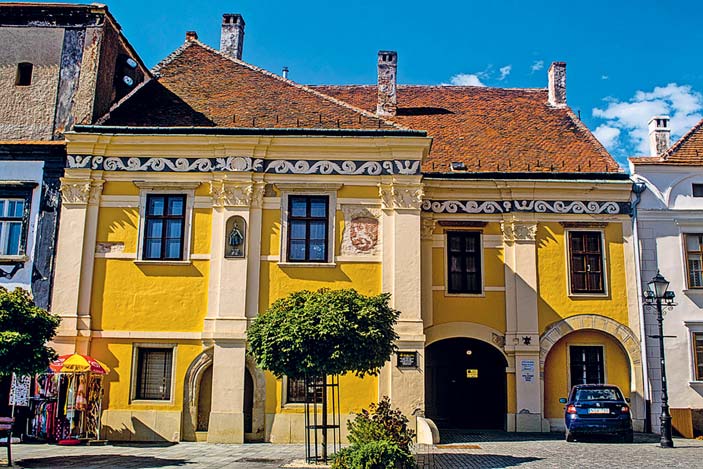
eventually became more inviting for us than Szombathely in terms of institutional and academic innovation because of its strong historical awareness as a ‘city of schools’. Interestingly, it was able to nourish this subterranean self-image during the communist period, and thus it was easier for us to establish roots here. In the late 1920s, when the Hungarian University of Pozsony had to move to Hungary from the new state of Czechoslovakia, Szombathely was its first target location. The city government at the time, backed by the majority of the city burghers, refused to adopt the university being wary of the noise students would make at night. This event encapsulates a great deal, I believe. Kőszeg had had a teacher training college since the late 19th century, but it was moved to Szombathely by the communist authorities around 1958, for fear of its proximity to the border and the threat that students might try to escape over it into Austria and the West. Unfortunately, Szombathely was not able to adapt to new ideas, and when the building of a new European University became a serious opportunity, we came to the conclusion—since we had been moving well ahead with the Europe House project here since then the mid-1990s—that we should rather invest our energies for innovation in Kőszeg.
MK: What was your business model until the Orbán government decided to sponsor you five years ago?
JJ: By 2015, we had been present in Kőszeg for about twenty-five years with our summer universities, but through all that time we received little to no financial support from any Hungarian government. So we supported ourselves by writing applications, first to the EU and, later on, when our research capacity enabled us, by signing contracts with leading multinational companies for innovative research on work culture, higher education, and city development in Central Europe. We maintained the first European studies programme in Hungary in a medium-sized city. We have survived here this long with successful international applications, and it has only been in the last five years that we’ve received governmental support. If I talk today about our Polányi Centre at iASK, we host the largest international group now of the last five years, and just looking at my records I realize that we’ve had almost eighty international scholars from more than twenty countries here over the last five years, for longer or shorter periods of time.
MK: What do these international scholars do?
JJ: Although they come from all over the world, they are mostly from the larger region of Central and Southeastern Europe, and they work on a broad range of issues in a global and regional context. One of the things that we more or less require here is that they have an interdisciplinary interest. That doesn’t mean that they actually practice interdisciplinarity, but that they are open to other fields in

the social and natural sciences or humanities, and the arts, and are ready to learn from one another. We’ve had some fascinating exchanges between physicists, natural scientists, evolutionary biologists, working now also on pandemics. It is not easy to begin the process. The scientists are good on the science, but they don’t always know how their science is going to impact societies and economies. I’m not just talking about pandemics either; I’m talking about a whole range of things related to climate change, migration, religion, and all of that. Some colleagues stay for three months, some stay up to a year—younger scholars, PhD students, very senior scholars, and world renowned people working in their fields. It’s a challenge to bring them together here. The last year has been an even greater challenge because so much work needed to be done online. We did, however, have a permanent group working on the Balkans, because that’s one of our focuses that I feel quite passionate about: informing the world about the Balkans and helping the Balkan transition. As a product of that working group, which has also been very international, we will be publishing a book entitled Memory Politics and Populism in Southeastern Europe through Routledge University Press in the summer of 2021.
MF: Complexity—and the effort to better understand complex phenomena through cooperation between different academic fields—is probably the main concept that binds scholars at iASK to one another. Our intellectual forerunner, Michael
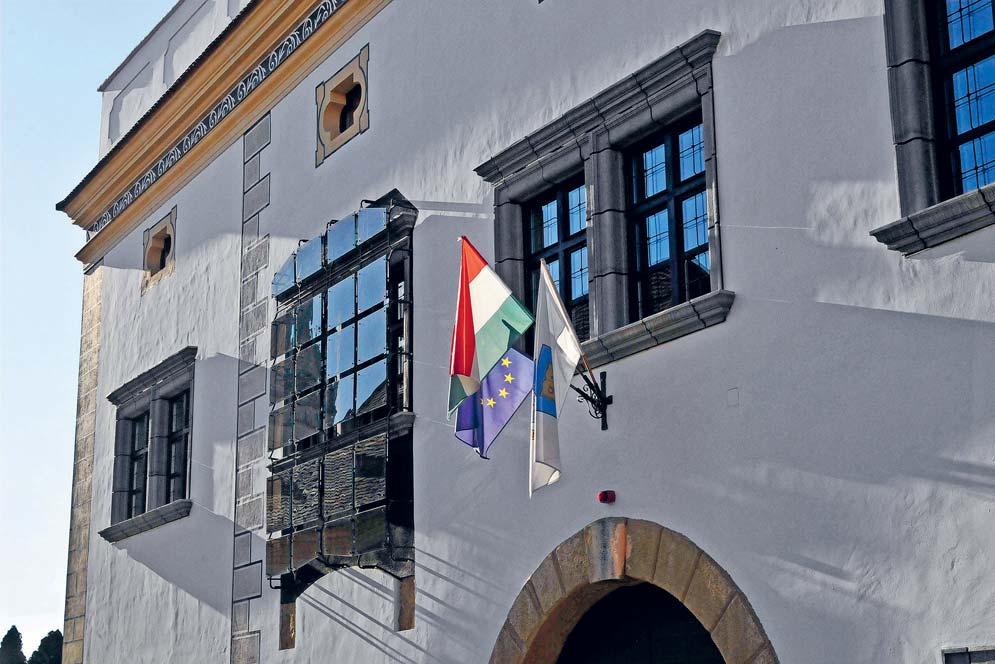
© Péter Ottó Sellyei
Polányi, suggested that the market is embedded in politics and society. This very vision, this view of complexity, has become very important again now for many challenging reasons. People from different parts of the world return to us again and again: famous evolutionary biologists like Dan Brooks, or Thomas Filk, the quantum physicist, and young and not so young scholars from the Balkans and the Baltics. For twenty years, we have been working in a civil society paradigm from below, first at the BA and MA university levels, then at the PhD level, and our language of tuition is English. We have received independent support from the EU. I was awarded a Jean Monnet professorship twice, and Jody has just finished her Jean Monnet professorship now. We became a Jean Monnet Centre of Excellence twice, once back in Szombathely and once here in Kőszeg. That means that we have gained visibility at the European level—but, ironically, not so much in Hungary. We then decided to take a different approach. Since 2015 we have built a new institute at the highest, post-doctoral level. At first, no one understood what we were doing. Even today, five years later, only a few places in Hungary, mostly universities, have some idea what an advanced studies centre is and why it is needed. Advanced studies was originally the idea of Albert Einstein and John von Neumann when they left Germany and Hungary, fleeing the Nazis. At the time,
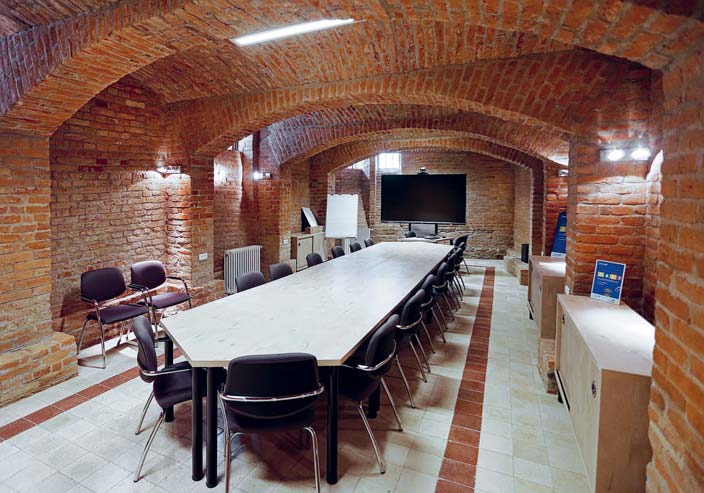
everything in natural sciences was in German in Europe. They understood English, but did not want a teaching load at a university. So they founded this ivory tower, where geniuses talk, write, and think—that was the first advanced studies centre, established at Princeton University (still in operation today). Our founding father in the intellectual sense, sociologist Elemér Hankiss loved this approach and partook of it at the Princeton, Stanford, and Georgetown advanced studies centres. A good decade or so ago, we spoke with him about the potential in Kőszeg, its atmosphere, its welcoming surroundings and beautiful buildings, and its geographic advantages, and he, as well as many other colleagues, was very enthusiastic and supportive about the idea of an international advanced studies (IAS) centre here.
MK: The government has only started financing you in the last couple of years. What do you think caught their attention and persuaded them to integrate you into a government framework?
JJ: It is partly because of Ferenc’s old and special relationship with Viktor Orbán when he was one of his students in one of the self-organizing ‘colleges’ before 1989, the famous Bibó István College, which meant that he understood our aspirations. He came to Kőszeg in 2012 and took a look at what we were doing. Other government officials from previous governments had been invited here
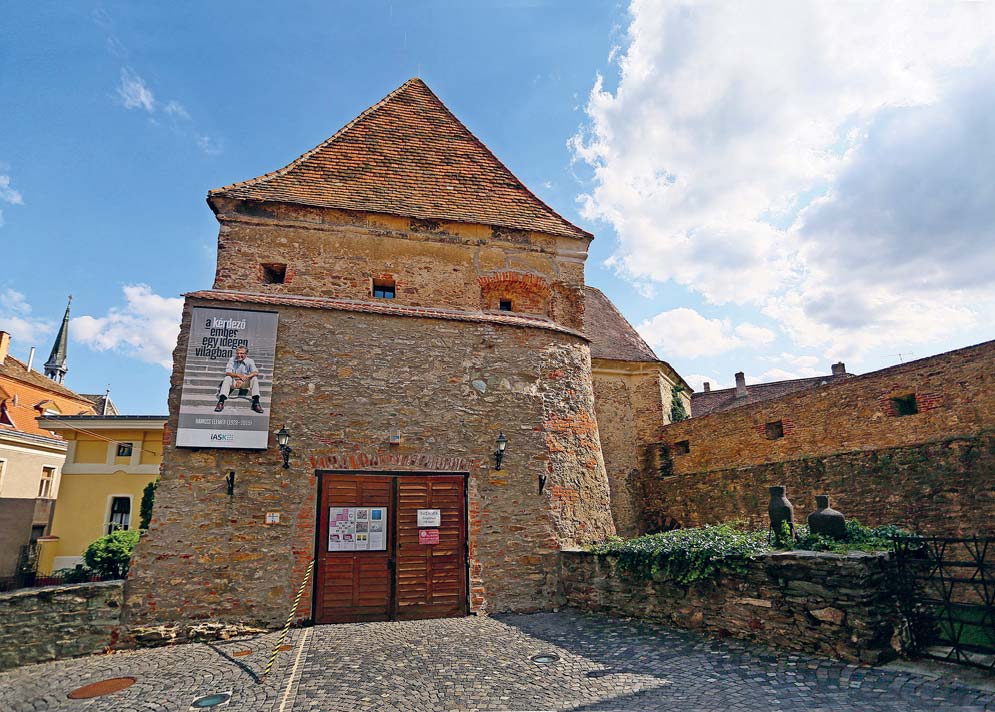
many times, and they liked to come here to give talks and participate in social and cultural events. Prime Minister Orbán came back again in 2013 and gave a lecture at our international summer university and gave out the diplomas for our graduation ceremony, and then he had the chance to speak with us in detail for a longer period of time and that really moved the ball along.
MF: Viktor and some others in today’s government and outside were part of a research group I established in 1988 with Iván Bába, a historian of Central Europe who went on to work as a diplomat in the new democratic governments of Hungary. They were extremely dedicated students of the ELTE Law School and other universities. We submitted a proposal to the Soros Foundation, and the idea was to create a Central European research group. We were a research group of about ten to twelve people. Then came the revolution of 1989, and those colleges dispersed, but the idea and the effort did not disappear. We have kind of continued here what we started then, therefore we didn’t have to explain too
JJ: We are strategically placed at the borders of five different countries here, where the Iron Curtain stood, so metaphorically, it has a lot of meaning. Prime Minister Orbán gave a speech at one of our graduation ceremonies and said that both Ferenc and he could have stayed abroad after 1989 and made international careers, but they decided to stay here and rebuild this country. I think that’s something that both of them are really committed to, and I think that was very important. The research supported by the Hungarian government also furthers the teaching of international students who come here on the Stipendium Hungaricum government programme. So it’s a really wonderful way that two different programmes in parallel help to support each other.
MF: It was a great and bold step taken by the government and the Prime Minister’s Office to support this idea, but we offered a lot, even more than some
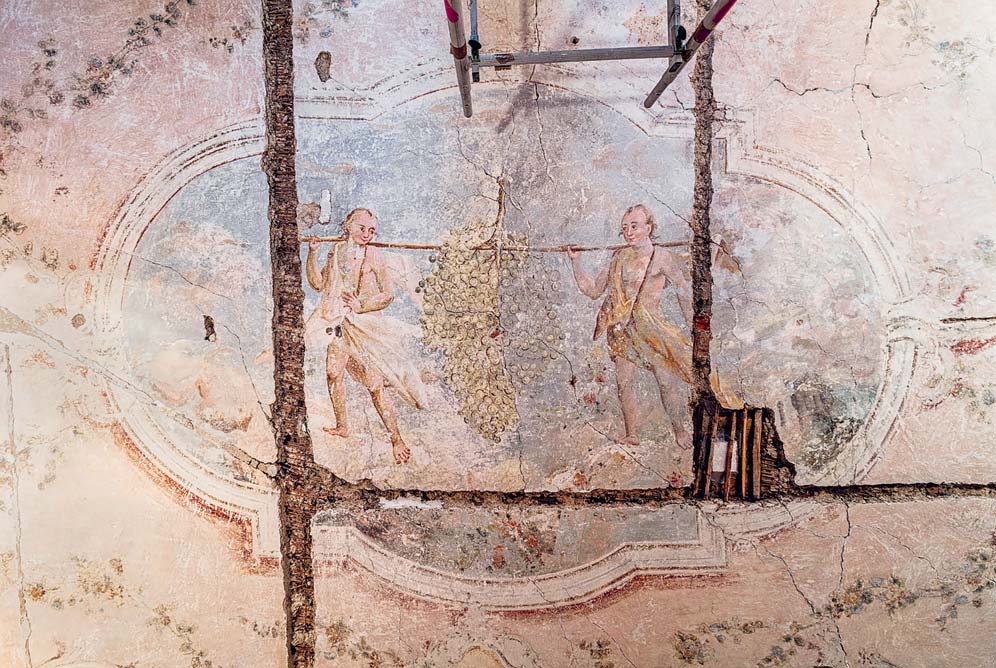
Wall frescoes of the Festetics Palace before restoration. The Baroque and Rococo wall frescoes were discovered during the renovation of the building in 2018. © iASK
may have initially understood. Others, however, understood our conception very well, and you have to be creative for that: we offered to re-vitalize this lovely city with a completely new vision. It is not enough simply to select derelict, once sumptuous historical buildings for restoration, you also need to connect them functionally, and ensure their sustainability over the long run. This was our added value, and I have to say that it is working fantastically. The vision, combined with the strategic developmental plan for the city, became the Kőszeg-KRAFT project. This was an eminent and unprecedented contribution from our side, and our small private foundation, ISES (Institute for Social and European Studies). But the entire KRAFT programme has a much broader scope: it encompasses new ways to develop small- and medium-size historical cities in Pannonia and beyond. It was inspired partly by the EU Danube macroregional strategy in 2010. The value added from our side was that we understood and put into practice the great and underutilized capital of the cultural heritage found here, or rather the intercultural heritage, and its potential impact on resilience and social and economic cohesion. Over the past year, we have been working on developmental strategies for several smaller regions and their cities, and the institute is running an Interreg Europe programme with eight EU partner institutions.
To answer the second part of your question: some in the government understood the importance and potential of this new strategic thinking and developmental methodology, but state apparatuses, and bureaucracies with their well-established rules and procedures, can be resistant to new ideas, and change only under great pressure or need. Real horizontal cooperation among institutions in Hungary—be they universities, cities, or ministries—is rare. I’m glad and proud that we have been able to move ahead with our partners over the past few years.
MK: When I first came here, I noticed that a lot of people who work here have names ending in ‘-ovski’ or ‘-ovska’. Why does iASK have such a special relationship with the Southern Balkans?
JJ: My grandfather emigrated from Slovenia—150 kilometres from Kőszeg—to the United States, so maybe the connection is in my blood. I don’t know. On my first trip ever to Europe in the 1970s, I was in an orchestra, and we went to Switzerland and then to Yugoslavia. There’s some reason I’m here now, and there’s some reason why I have this special relationship with the Balkans. Before the Balkan Wars, I had a lot of friends from the Balkans and we met regularly. Then the wars came, and we were divided. It was horrifying, but all through those years of war we had the Summer University. Students came from Kosovo, Albania, Serbia, Croatia, and even if they didn’t
speak with one another, at least they didn’t attack one another in the classroom; they sat there together. So I just have this existential connection with the region. I have seen it suffer during recent decades, and I have this desire to help. I believe Hungary can play a special role in the integration of the Balkans. Here, in the region of Kőszeg, it was historically peaceful in terms of ethnic conflict (subtracting the Holocaust, of course), but if you look a bit farther south you see the explosiveness of ethnic identities. Kőszeg remained an island of peace in the course of recent Hungarian history, so it is an ideal place for our activities.
MF: It’s an unfinished symphony, you know, and I’m not the only one who says this. Former Austrian Vice Chancellor Erhard Busek mentions in his book, written with senior diplomat Emil Brix, that this Southeastern part of Europe
has never been fully integrated. They believe this was a great mistake and failure of the European Union. It was close to being integrated, but it wasn’t. We Hungarians did manage within the Habsburg Empire, but the Balkans never did. Now we have a new chance with European integration, which I don’t think is a failure, but it doesn’t work as well as it should right now. We have to be very critical, but we also have to be proactive. Central Europe is a meeting place and an amalgamation. Slovaks, Czechs, Poles, Hungarians, Germans, Austrians, Croatians, Slovenians, Serbs, and of course Jews live here, and the region opens up further to the South and the East. It is a relatively large geographical area. It is a melange, a fantastic
microcosm with a great, yet unrealized potential that I call intercultural heritage.
This has been my implied criticism of the EU regarding education and culture from the very beginning. When I became a Jean Monnet professor first in 1997, I had a chance to travel around the EU, visiting many departments in Brussels and ministries in other member states. I talked to a lot of people, and did so in order to establish more European universities like the one we have in Florence with a European PhD programme. All the member states contribute financially to the European University Institute, and to a proportional extent they can send PhD students who have to apply. There is competition and it’s wonderful—it is a great idea, but one institution is not enough. Europeans don’t know each other! Western Europeans
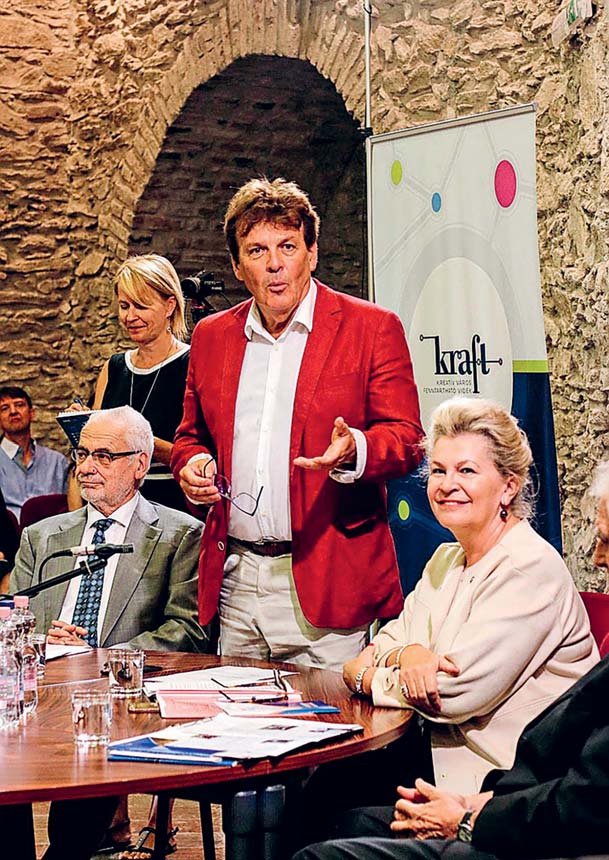
famously don’t know much about us; perhaps they don’t care. On the other hand, we Hungarians don’t know the Slovenian or Croat cultures, for example, and I doubt you could mention many Slovenian or Croatian writers—or vice versa. We need more regional European institutes for PhD and postdoc programmes in order to create a new Central European cultural elite, a new understanding of European history and the European present. In Brussels, I was told we don’t have the money now, because so much was invested in the Florence programme—so they didn’t understand this. I hope that this is not going to be the case in the future. After Brexit, the centre of Europe has moved towards the East.
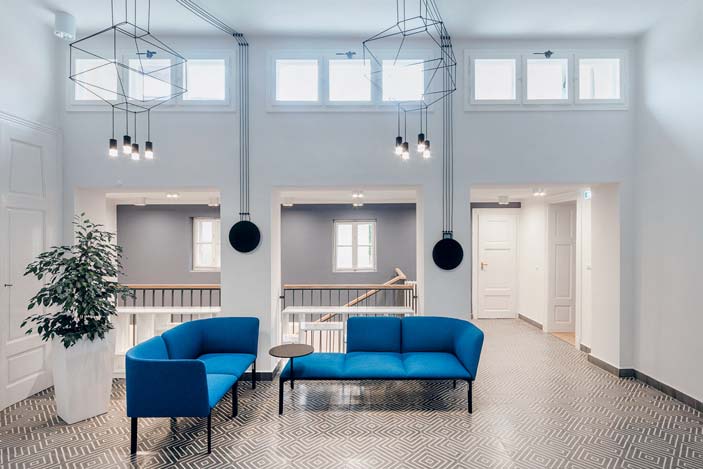
MK: You’re not just running an institute of advanced study, you’re also teaching. What mindset distinguishes the University of Pannonia’s Kőszeg Campus from the many other institutions that are dedicated to conveying knowledge in social studies and the humanities?
JJ: I’m the head of the MA programme in International Studies here run by the University of Pannonia in Veszprém, with an international group of students at the Kőszeg campus. The research programme that we support feeds into the teaching programme, so some of the junior and senior scholars who come here to do research also teach. The younger scholars gain teaching and research experience, and students have the chance to take courses on a wide variety of relevant topics. The students spend two or three years here. Some of them couldn’t even get back home this year because of the pandemic. They’re from Pakistan, Vietnam, Syria, Japan, India, and Azerbaijan. We form a community here, an international community where everyone feels a sense of belonging.
MF: Somehow it was learning by doing, doing by doing, and doing more. We have created an international institute. This is what I suggested to the government—to do something unprecedented here, to create a new space, a new framework that is international and, at the same time, Hungarian. It’s mostly European, Central and East Central European or Southern European, but it is also international. It had to be created outside the framework of Hungarian
institutions. We are not a university or part of the Academy of Sciences, and we do our academic work in a very small city. The government decided in 2015, after a lot of preparation, to establish an Institute of Advanced Studies in Kőszeg. We felt very privileged. In 2020, after two years of stagnation and slowdown, we began moving ahead again. This was substantially aided after Tibor Navracsics, an old colleague from Szombathely and a good friend, came on board as the representative of the Institute within the government, after his term as a European Union Commissioner expired. This stirred the stagnant water, with the result that all the buildings targeted for restoration and the connected programmes are moving ahead. We have additional invitations to expand our campus here to host big universities from Budapest, like ELTE (Eötvös Loránd University) which has established a university platform in Kőszeg. Most recently, we started negotiations with MOME (Moholy-Nagy University of the Arts and Media) about closer institutional cooperation in PhD programmes and research. This might bring us closer to one of our as-yet unfulfilled plans, to create a new type of interdisciplinary doctoral school.
MK: One of your major achievements is that you have an accredited MA programme in international studies. You’re one of the places in Hungary where you can study this subject outside of Budapest. I would be very curious about what perspective you have for people who decide to study international studies not at some large Budapest university, but with you. What does the career model look like?
JJ: First of all, it’s the programme content that should be the most attractive. It’s very intensive, and we have new courses each week with world famous visiting lecturers. It’s not boring classes at a huge university where you’re just one of three hundred. We have very close-knit groups, usually around twenty students here, from all over the world. Many of them come from disadvantaged circumstances. We have a few Hungarian students, but we have a problem attracting them. They all want to study abroad, to have the kind of international experience Kőszeg does not offer them. The programme is demanding. It takes a lot of effort to adapt to a new course professor every week, with a new reading list, a new topic, but it brings students together because they are all working on the same broad themes. The requirements from students are not the same as simply taking an end-of-semester exam. We like to work very interactively. Students give talks and presentations, instead of writing long papers and taking exams. It is extremely student-oriented. If you have a problem, you just go and talk to your professor or you come to me, and whatever the problem is, we can work things out. The level is much higher than they would get at most other places, and it’s much more diverse in terms of the student body and in terms of the topics. So I think that it could be much more attractive to Hungarian students than expected.
MF: But times are changing. Ten or fifteen years ago, most of the students wanted to go to big European cities, or to Budapest at least. Feelings today are very different. Small cities are becoming much more attractive for families and for younger people because of the improving quality of life. It’s not a universal tendency, but it is a clear tendency, especially as this part of Hungary—like Western Hungary on the whole—offers a lot of high-quality services and better opportunities for recreation and well-being. You don’t feel like you’re in a post- communist kind of countryside town and a remote place when you have all these possibilities to enjoy life. You travel a little, and in fifteen minutes you are in Szombathely, in one hour in Vienna—and our students do that. The world is changing, and not just for the bad.
JJ: We are increasingly attractive especially for Eastern, Southeastern, and Central Europeans, because it’s in an environment that they understand even if they do not know the language, and also because the Hungarian government generously offers scholarships to students. It takes a special kind of motivated person to reach here, in some cases. For example, as a young Syrian woman who must have her family’s permission and travel through a war zone to a distant place that is hard to find on a map. It’s a real lesson to Western Europeans, and maybe more sedate Eastern Europeans, that there are still young people in the world who really work hard and take risks to get a good education.
MF: The library is open twenty-four hours. For those who really want to study, to learn, to read, and consult with great researchers, this is the perfect place to be. There is little nightlife, but nightlife is in the library, right? Ours is still an institute in creation, and we don’t yet have a very important link in the chain— the doctoral school level. In past years, we had doctoral students coming to do research from the CEU and from neighbouring countries’ universities. This gap at the doctoral level needs to be filled and we are working on it.
MK: List some of the things you’re most proud of in the last five years in terms of research and teaching!
MF: We recently had our five-year anniversary party, and because we couldn’t be together in person, we had an online chat with sixty to seventy people who work in one way or another with us, and everyone was in a good mood and happy, so we had a long and meaningful conversation. That was my dream—to work in an environment where people enjoy being together. They like each other, and they produce something unique. I feel that this is the biggest success of my life. The second is the city. That was a huge challenge, and sometimes I was a little desperate and doubtful whether it would work. We talked about the ‘creative city’—a city that is becoming more creative with more and more initiatives that make people happy and proud. The third very important point is that those people who were my professors, or older friends whom I trusted and who played a very important role in my coming back to Hungary, are still with us. Hankiss’s spirit also lives on with us.
JJ: We were able to give a vision of Hungary to the world that was positive, and I’m talking about all over the world. People who came here fell in love with this place, and first of all, people didn’t know enough about Hungary, or its history, or its culture, or its people, and now, more and more people from all over the world who have studied here or have come to do research here, know about Hungary, and I think that’s really important. People who knew little to nothing about this region before expressed attitudes that were often very condescending. I see a kind of double standard: I am a Jean Monnet professor, but from Hungary. As such, I do not get the same grant award as someone from across the border in Austria, for example. We have kind of formed a group of solidarity, the East Europeans, and I’m very proud of that. I like to support the underdogs. I’m very happy that we have been able to contribute to opening up this country, so the world can see how special it is. And also, on the reverse side, we gave opportunities to people who were disadvantaged and in unfortunate situations to better themselves and improve their chances in the world. In addition to our academic achievements, one result of our continuous teaching programme, which has been running since 2005, is four married couples. The first was an American–Romanian couple; the second was a Hungarian from Kőszeg and a Romanian student. I just saw the Turkish–Ukrainian couple on Facebook with their child, and the fourth and most recent is a Yemeni–Moldovan couple. I am also proud of the intellectual production, which is also very practical. Dan Brooks, the evolutionary biologist and frequent grantee at iASK, produced, together with his workgroup from Pécs, the whole pandemic plan (the DAMA protocol) for Hungary and other countries, which was reviewed by the government.
MF: A country needs places like this, more than one, I think, but at least we created one here. Students and professors feel the uniqueness of this place. They are not intimidated by Hungarian culture, except for the language challenges, and we do provide Hungarian language training for them. This is all the more important now during pandemic times where communication with doctors is essential and life-saving.
JJ: I was just thinking of some students from Nepal that we had years ago. I got a call one night at the Europe House from ELTE’s Savaria University Centre in Szombathely, and they said we’ve got two people here that must belong to you. I said I was kind of expecting them, so I drove out to Szombathely to pick them up and bring them to Kőszeg. We were driving on the road from Szombathely to Kőszeg, and one of them said: I guess Beethoven was born right around here, wasn’t he? And I said, well, in your terms, yes. Right in this neighbourhood. I mean, how far is Germany from Kőszeg compared to Kőszeg from Nepal?

